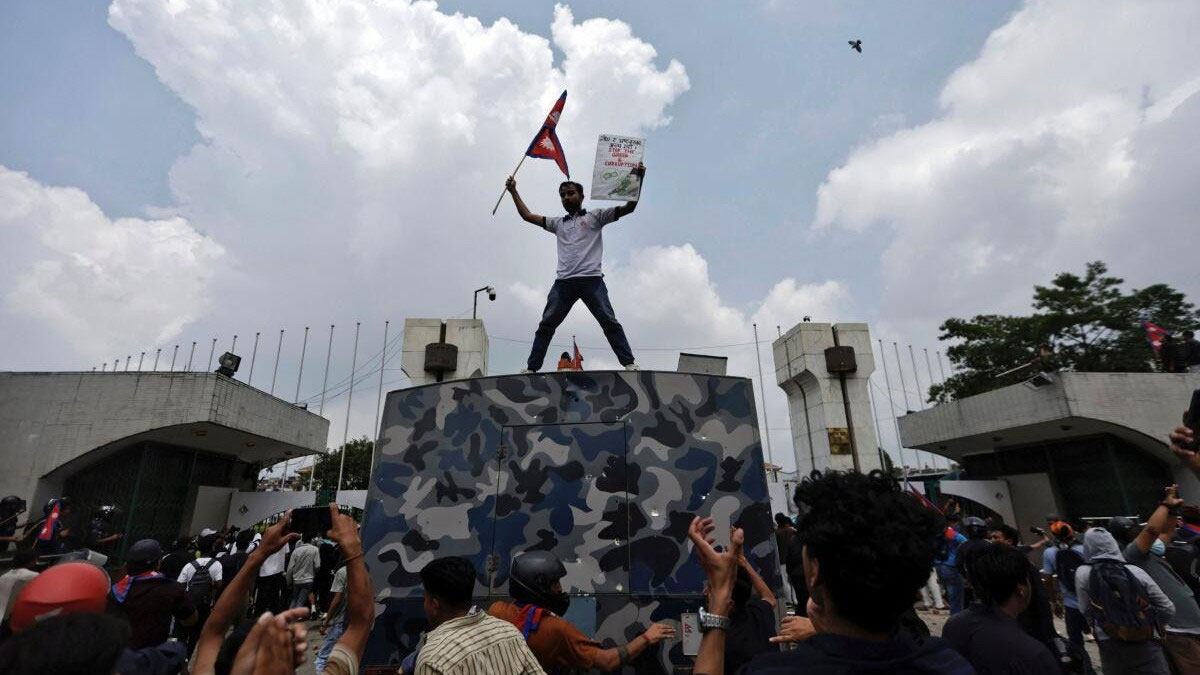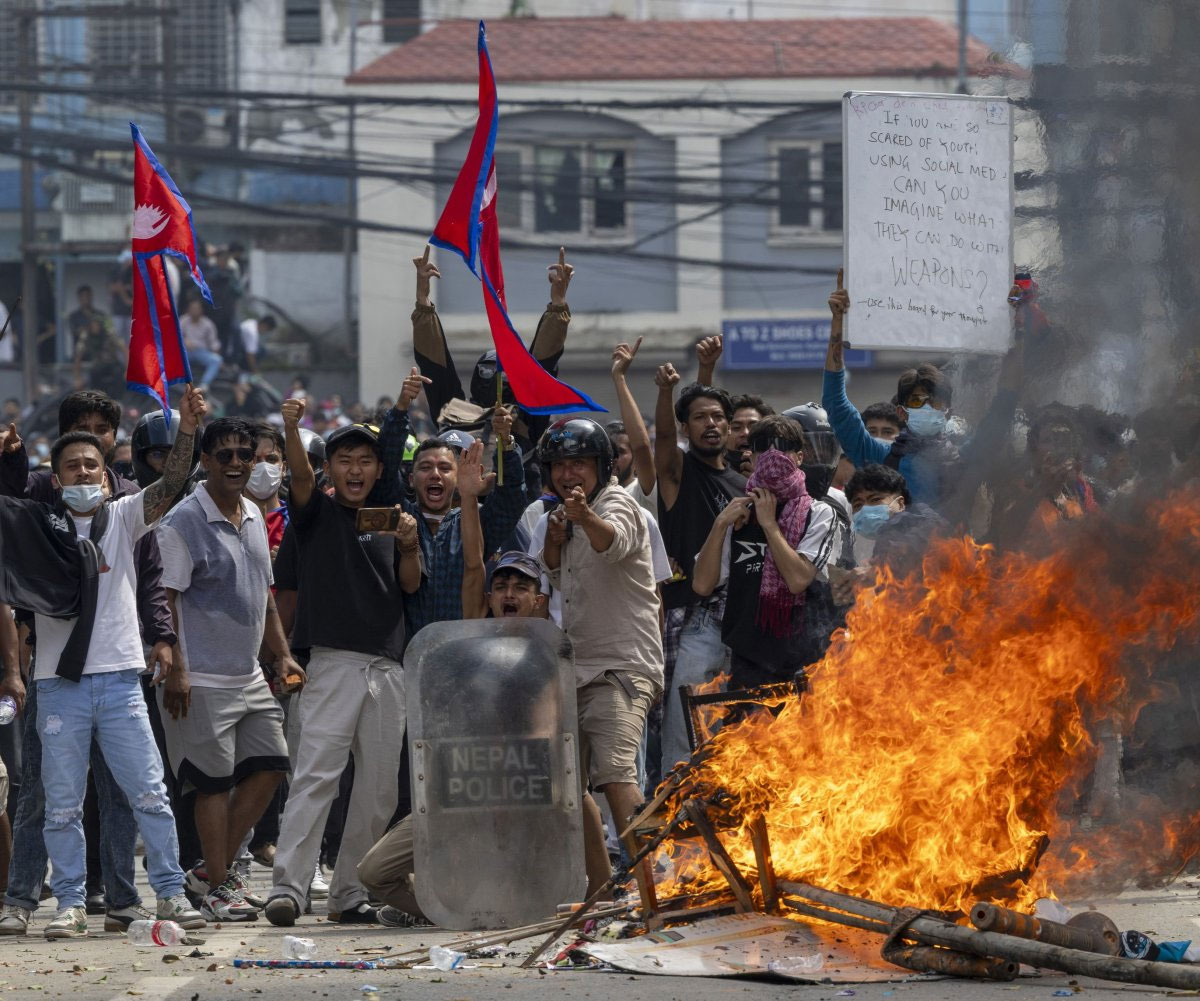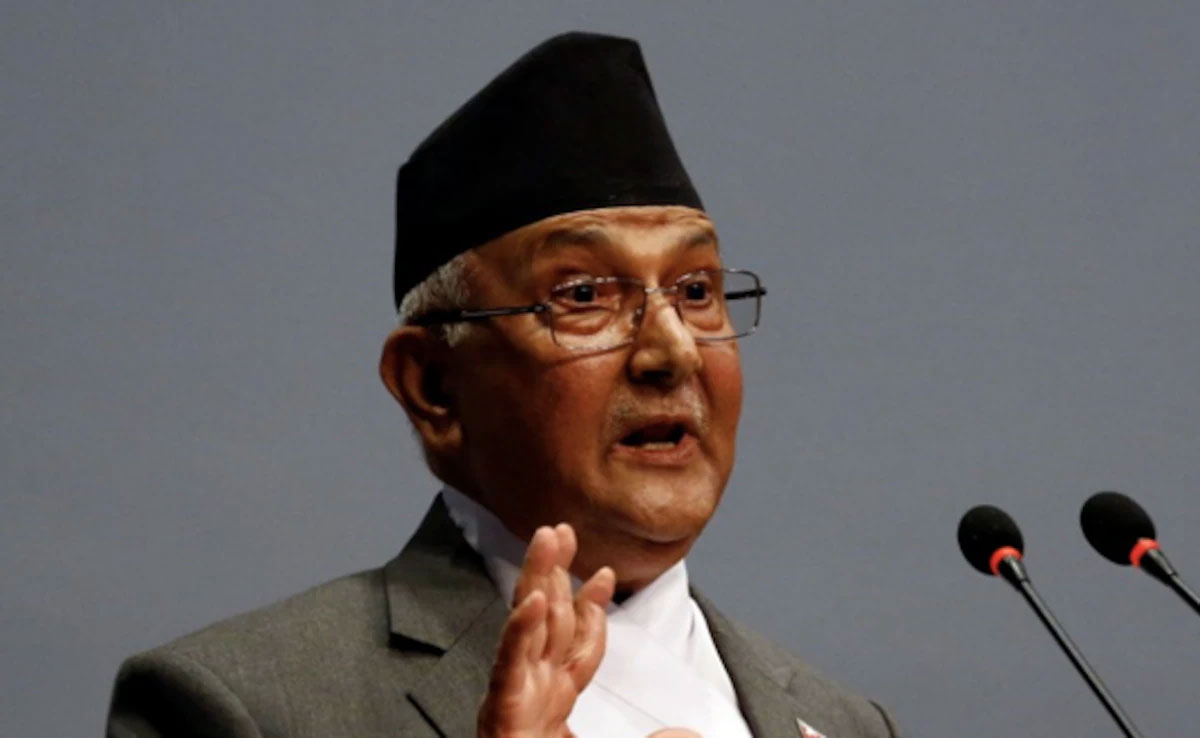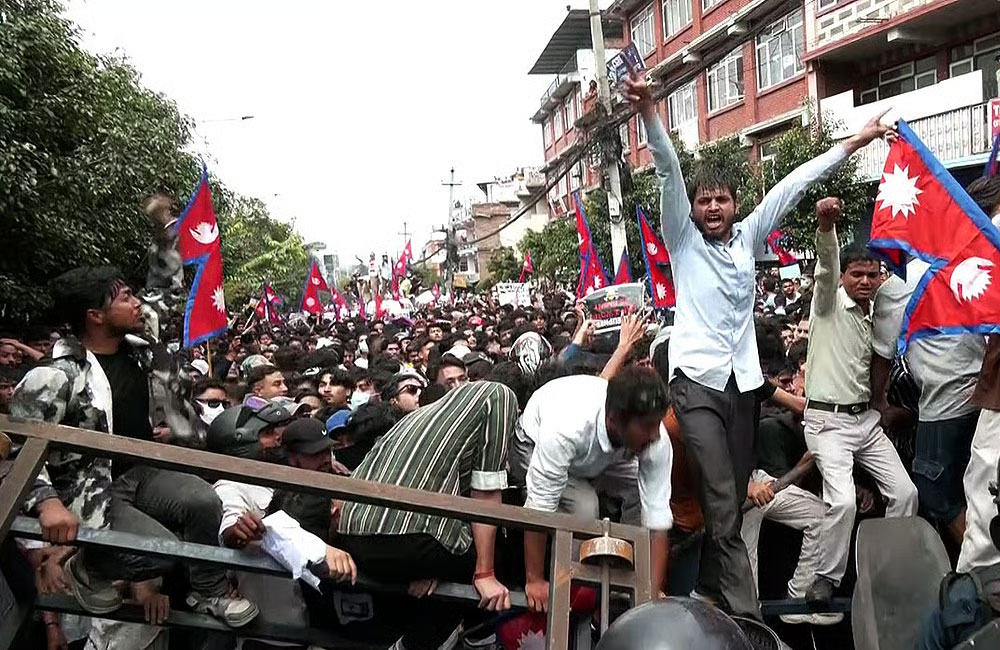Nepali Prime Minister KP Sharma Oli has resigned following the country’s worst unrest in decades, in which at least 19 people were killed and hundreds injured. The protests, led by Generation Z youths aged 13 to 28, were sparked by a government social media ban, anger over entrenched corruption, and limited economic opportunities.

Security forces used live ammunition, water cannons, and tear gas as demonstrations swept across multiple cities. Despite a curfew, protesters returned to the streets of Kathmandu on Tuesday, setting fire to a police booth and furniture outside the Nepali Congress office. The capital’s international airport was shut down due to the violence.
Nepal, a Himalayan nation of 30 million, has experienced political turbulence since becoming a republic in 2008, but the latest protests mark the most severe unrest in years.
What Triggered Nepal’s Youth-Led Uprising?

Public discontent over decades of corruption in Nepal erupted into nationwide protests after the government blocked major social media platforms, including Facebook, Instagram, WhatsApp, YouTube, and X, citing new rules against misinformation and hate speech. Rights groups widely condemned the ban, which saw 26 platforms go offline overnight.
While the social media restrictions ignited the demonstrations, organizers emphasize that the unrest reflects broader frustration among Nepal’s youth over limited economic opportunities. Youth unemployment stood at 20.8% in 2024, according to the World Bank, and dissatisfaction has been amplified by a viral online backlash against “Nepo Kids,” the children of politicians flaunting lavish lifestyles.
Nepal’s economy remains heavily dependent on remittances from abroad, accounting for 33.1% of GDP in 2024. Protesters say corruption, inequality, and the mass migration of young people are driving their calls for systemic change.
Protests Turn Deadly in Nepal
Violence erupted Monday outside Nepal’s parliament in Kathmandu as police clashed with thousands of mostly young protesters. Security forces fired rubber bullets and tear gas, while demonstrators set fire to an ambulance and threw objects at riot police.
At least 19 people were killed—17 in Kathmandu and two in Itahari—and more than 400 were injured, according to hospital and health ministry reports.
International groups condemned the crackdown, with the UN rights office calling for a transparent investigation and Amnesty International warning that the use of lethal force against non-threatening protesters violates international law.
Government Stands Cornered Amid Nationwide Uprising

Prime Minister KP Sharma Oli resigned Tuesday following mounting political pressure and the resignations of several ministers, including the home, agriculture, water, and health ministers, over the government’s handling of the protests. The government also lifted the social media ban that had sparked the unrest.
Before stepping down, Oli expressed sorrow over the violence but blamed “vested interest groups” for infiltrating the demonstrations. Opposition leaders, including Nepali Congress General Secretary Gagan Thapa, demanded his resignation, condemning the killing of young protesters and urging his party to withdraw from the government.
Nepal’s largest newspaper also joined calls for Oli’s departure, stating he could no longer remain in office after the bloodshed.
(Source - CNN)

Leave your comments
Login to post a comment
Post comment as a guest